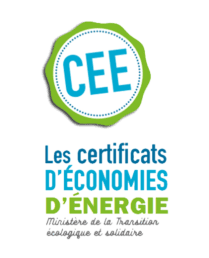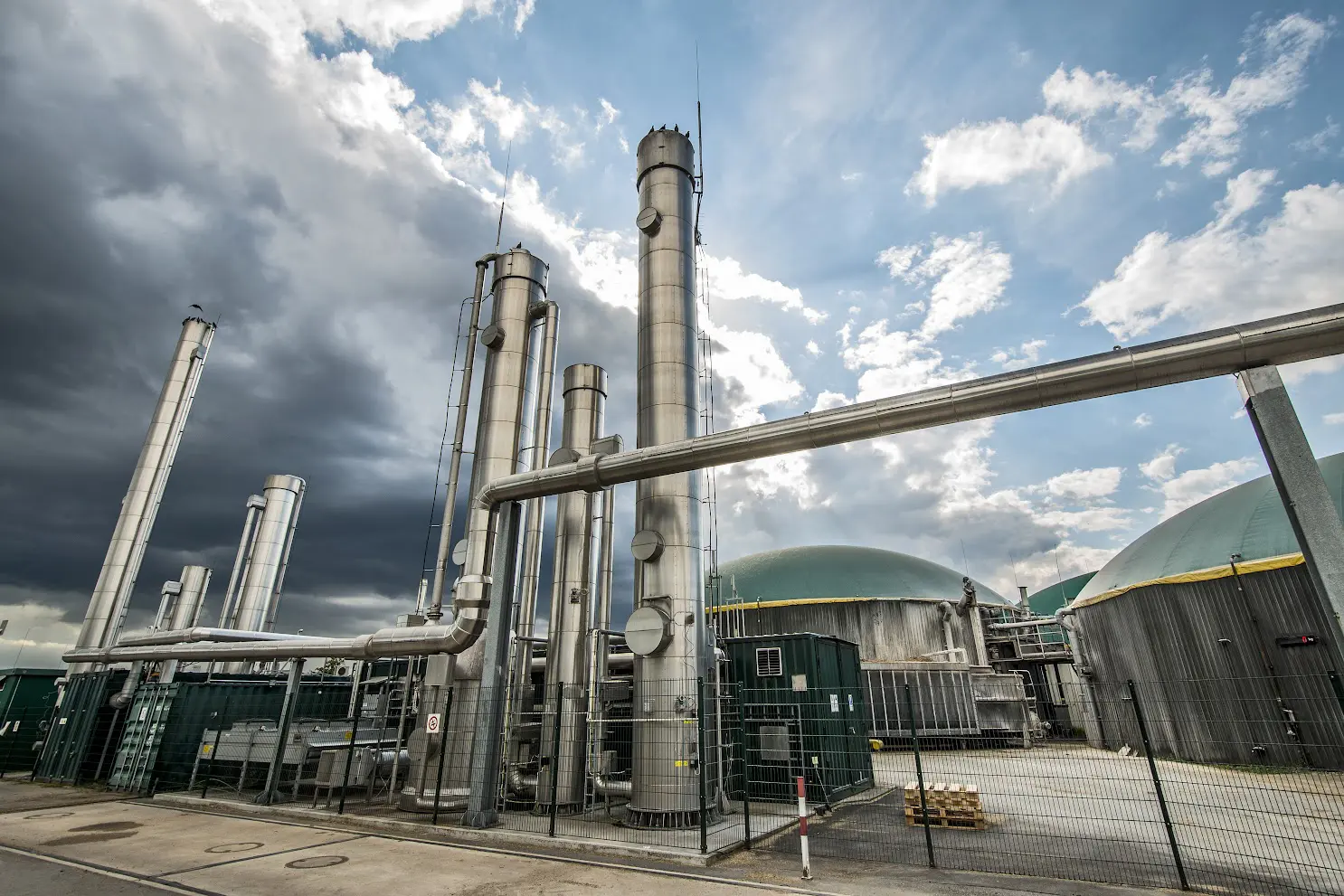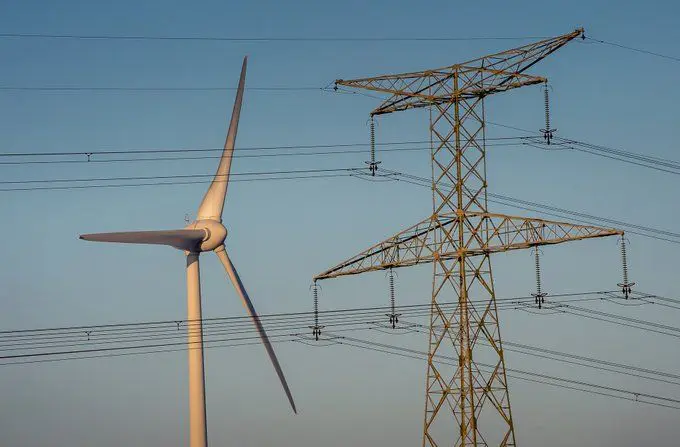Comprendre le dispositif des certificats d’économies d’énergie (CEE) #2

Energy saving certificates, often abbreviated to CEE or C2E, were introduced by the French government in 2005 to finance the energy transition. This scheme obliges energy suppliers to promote energy savings among consumers, with specific targets to be achieved within defined timeframes. As a complex mechanism, CEEs are sometimes misunderstood and the roles of each party are often unclear. Let’s take a closer look at the objectives and operation of this flagship energy transition scheme.
With E’nergys, you get personalized, turnkey support in setting up your CEE scheme.
What are the goals of the CEE scheme?
A widely used tool in France for over fifteen years, the CEE scheme supports the country’s energy policy goals: cutting energy consumption by 50% by 2050, combating fuel poverty, and promoting renewable energy to reduce CO₂ emissions.
Introduced in the early 2000s, the CEE scheme is France’s response to the obligations of the European Directive on Energy Efficiency.
Who are the key players in the CEE scheme?
CEEs are based on a win-win system between two parties: These are “the obligated” and “the eligible”.
On the one hand, the obligated parties include all energy suppliers: electricity, gas, fuel oil, heating and cooling, as well as fuel distributors. These parties are required to collect and return a specific volume of CEEs over a three-year period (France entered the 5th CEE period on January 1, 2022), or face substantial penalties. Each supplier must meet its individual target, calculated in proportion to its sales, or face a fine.
On the other hand, the eligible parties are energy renovation project owners seeking financing for their work or other energy-related projects through the CEE system or an intermediary.
In between, a number of companies have specialized in collecting CEEs. They act as intermediaries with companies to carry out the work. Given the complexity of the mechanism, the obligated parties can entrust their obligations to a company known as a “delegataire”. The latter collects the CEEs on their behalf.
CEE financing is therefore not public; it is not a state subsidy. This mechanism was implemented by the state to ensure that energy suppliers deemed to be polluters are responsible for financing efforts to reduce CO2 emissions.
How can you benefit from CEE for your projects?
CEEs are intended for individuals as well as companies. When a company submits an application, the eligible work may involve the renovation of residential, commercial, industrial, or agricultural buildings, as well as upgrades to transport systems or energy networks. The projects must enhance energy efficiency and fall within a list of standardized operations.
In fact, an official catalog of elementary actions known as standardized operations has been drawn up. This catalog includes energy-saving operations in existing buildings, as well as in industry, networks, agriculture and transport. Energy savings achieved outside the scope of standardized operations are classified as specific operations and are subject to a dedicated approval process. Financial contributions to support programs, such as those focused on information, training, and innovation to reduce energy demand, can also generate CEE credits.
How does the CEE scheme work in practice?
When an eligible operation is completed in accordance with the required technical and administrative criteria, a corresponding volume of CEEs is issued based on the energy savings achieved. These then enter the CEE market, which is subject to the law of supply and demand. Obligated parties can then buy back CEE to reach their periodic target. Because this is an open market, the value fluctuates constantly. That’s why it’s so important for companies to encourage energy-efficient renovation.
CEEs are deposited in an account in the National Register of Energy Savings Certificates (RNCEE), also known as EMMY. The State verifies and validates the reality of the savings generated.
EECs quantify the energy savings achieved over the estimated lifespan of a piece of equipment or an energy renovation project. The greater the savings or the longer they are sustained, the higher the volume of EECs generated.
For over fifteen years, the energy saving certificate scheme has been helping France to embark on an energy transition.




